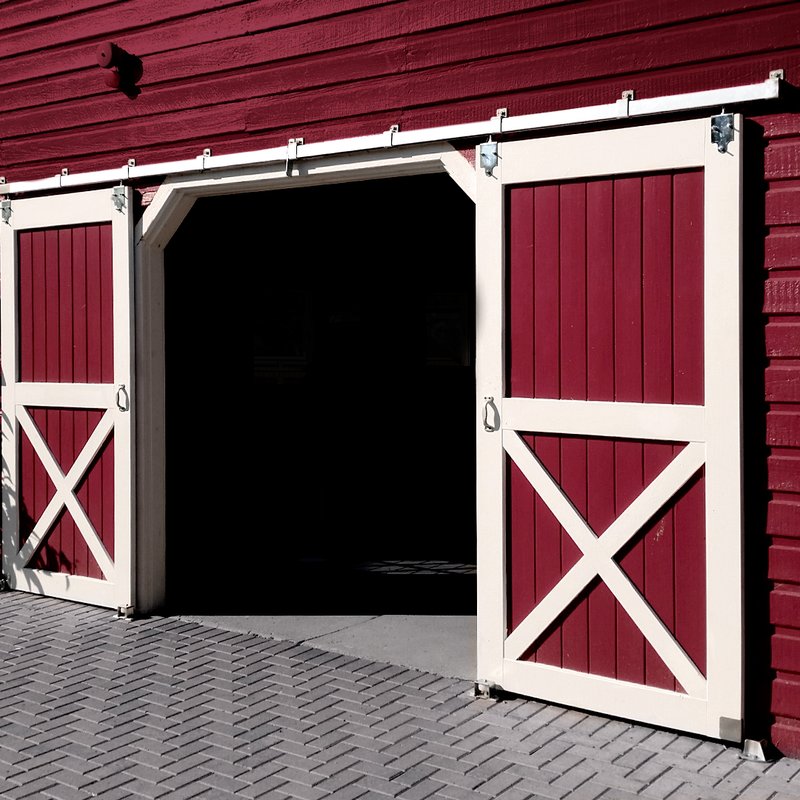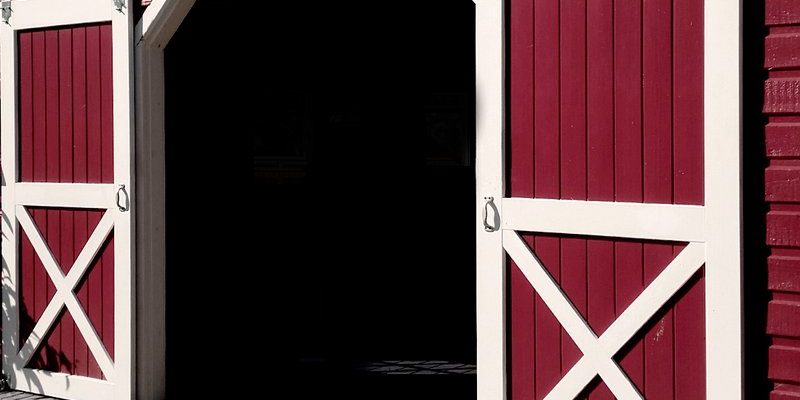
Cleaning and maintaining the hardware on old barn doors isn’t just about keeping up appearances. It’s about ensuring those sturdy doors continue to operate smoothly for years to come. You might be wondering where to start. Honestly, it’s simpler than you think. With just a few basic tools and some regular care, you can preserve the character of your barn door while ensuring it remains functional.
Understanding the Components of Barn Door Hardware
Before diving into maintenance, it’s essential to know the specific pieces that make up the hardware. Typically, barn doors feature several main components, each with its purpose. You’ll generally find:
- Hinges: These allow the door to swing open and closed.
- Tracks: These enable sliding doors to glide smoothly.
- Handles: These are used for opening and closing the door.
- Stoppers: These prevent the door from sliding too far.
Each of these parts requires individual attention. Just as you wouldn’t ignore the tires on your car, neglecting the hardware can lead to bigger issues down the line. You might find, for instance, that your handle is sticky, or your door isn’t sliding as smoothly as it should. Understanding each component helps you know where to focus your efforts.
Gathering Your Cleaning Supplies
Before you get started on the actual cleaning, you’ll need to gather a few essential supplies. Think of it like prepping for a small cooking project; having everything ready makes the process smoother. Here are some items you might need:
- Soft cloths: These won’t scratch the hardware.
- Degreaser: A mild solution will work best.
- Lubricant: Silicone spray or a light oil can help moving parts.
- Screwdriver: For any adjustments needed.
- Brush: A toothbrush can be great for getting into crevices.
Having these tools on hand allows you to tackle dirt or grime without a lot of fuss. You might even find yourself enjoying the process! With the right supplies, cleaning old barn door hardware becomes a rewarding task rather than a chore.
Step-by-Step Cleaning Guide for Barn Door Hardware
Let’s walk through how to give your barn door hardware a good clean. This is a straightforward process that anyone can follow. Ready? Here we go:
1. Remove Hardware: If possible, take off the handles and any other easily detachable parts. This allows for a deeper clean without missing any spots.
2. Wipe Down: Use a soft cloth dampened with a mild degreaser to wipe down each piece. Pay attention to hinges and tracks where dirt tends to collect.
3. Brush Away Residue: For hard-to-reach areas, grab a toothbrush. Its bristles are perfect for tackling dust and grime without scratching the surface.
4. Rinse and Dry: After cleaning, rinse the hardware under lukewarm water (if it’s safe to do so) and dry thoroughly. Moisture can lead to rust, so this step is crucial!
You might be surprised at how restoring the hardware can breathe new life into your barn doors. This simple routine will make a noticeable difference in both appearance and functionality.
Lubricating the Hardware for Smooth Operation
Now that you’re done cleaning, let’s talk about lubrication. This step is essential for maintaining how smoothly your barn doors operate. Think of it as giving the door a nice, soothing massage. A little goes a long way! Follow these steps:
1. Select the Right Lubricant: Choose a silicone-based spray or a light oil—avoid heavy greases as they can attract dirt.
2. Apply Carefully: For hinges and tracks, a few drops or a light spray should suffice. Wipe off excess to prevent it from dribbling down the door.
3. Test the Movement: Open and close the door a few times. You should feel a significant difference in how it moves.
Lubricating regularly, about every six months, helps the hardware last longer and keeps everything functioning smoothly. You wouldn’t want to deal with a stuck door, right?
Inspecting for Wear and Tear
After cleaning and lubricating, it’s a good idea to check for any signs of wear and tear. Just like with a classic car, those little details can impact functionality. Here’s what to look for:
– Rust or Corrosion: Inspect for any signs of rust on metal components. If you spot it, you may need to replace that part to maintain integrity.
– Loose Screws or Bolts: Give everything a gentle wiggle. If something feels loose, grab your screwdriver and tighten it up.
– Alignment Issues: Sometimes, doors shift over time. Check the alignment by ensuring they sit correctly in the track or swing properly without dragging.
Regular inspections help you catch issues early on. It’s much easier to fix a small problem than to deal with a complete breakdown later.
When to Replace Your Barn Door Hardware
Despite your best efforts, there may come a time when replacing the hardware is the best option. Here are a few signs that it’s time to invest in new components:
– Severe Rust or Damage: If the hardware is too rusted or damaged, replacement is necessary to ensure safety and functionality.
– Frequent Breakdowns: If you find yourself constantly fixing the same issue, it might be time for a change.
– Aesthetic Updates: Sometimes, you just want a fresh look. If you’re feeling adventurous, consider more modern hardware that complements the door.
Replacing hardware doesn’t have to be an overwhelming task. With a little research and some effort, you can easily upgrade or replace pieces to enhance the overall look and performance of your barn door.
Seasonal Maintenance Tips for Longevity
To keep your old barn doors looking their best all year long, consider developing a seasonal maintenance routine. Here are some tips to get you started:
– Spring Cleaning: This is a great time to clean both the door and the hardware thoroughly. Remove any dust buildup from winter and check for moisture damage.
– Summer Lubrication: Hot temperatures can dry out lubricants. A quick reapplication can keep your doors moving smoothly.
– Fall Inspections: Before winter sets in, inspect for any rust or damage caused by humidity.
– Winter Protection: If your barn doors are exposed to harsh weather, consider adding a protective sealant to metal components.
Taking a little time each season can help maintain your barn door’s integrity, ensuring it continues to charm for years to come.
In conclusion, maintaining and cleaning the hardware on old barn doors isn’t just about aesthetics. It’s about preserving a piece of history while ensuring functionality. By following these best practices regularly, you can enjoy your barn door’s beauty and craftsmanship for a long time. So grab those cleaning supplies and give your barn doors the care they deserve!
